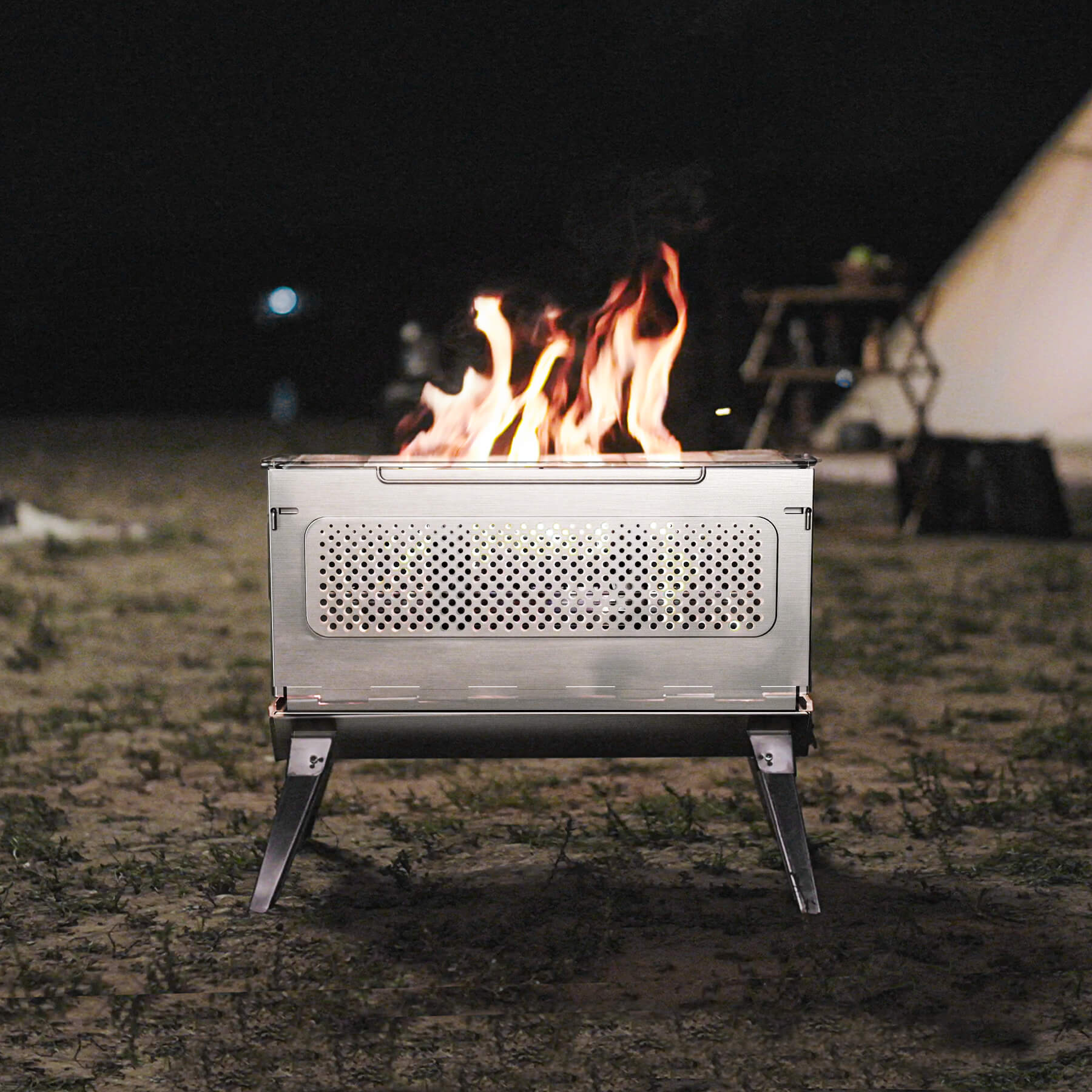5 Facts About Kitchen Knives You Must Know!
Kitchen knives are an essential tool in every cook's arsenal. They play a crucial role in food preparation and can greatly impact the outcome of your culinary creations. In this blog post, we will explore five important facts about kitchen knives that every cooking enthusiast should be aware of. Let's dive in!

-
Types of Kitchen Knives: There is a wide range of kitchen knives available, each designed for specific tasks. Some common types include chef's knives, paring knives, bread knives, carving knives, and utility knives,outdoor kitchen knife. Understanding the purpose of each knife will help you choose the right tool for the job and enhance your efficiency in the kitchen.
-
Blade Materials: Kitchen knife blades can be made from various materials, each offering unique characteristics. Stainless steel blades are popular due to their corrosion resistance and durability. High-carbon stainless steel blades combine the benefits of stainless steel with enhanced sharpness and edge retention. Ceramic blades are incredibly sharp and stay that way for a long time but can be brittle. Consider your needs and maintenance preferences when selecting the blade material.
-
Knife Maintenance: Proper maintenance is essential to keep your kitchen knives in optimal condition. Regular honing helps maintain the knife's edge, while sharpening is necessary when the blade becomes dull. Hand washing is generally recommended, as dishwashers can damage the knife's blade and handle. Storing knives in a knife block or on a magnetic strip helps protect the blade and prevent accidents.
-
Knife Grip and Technique: Correct knife grip and technique are crucial for both safety and efficiency. The pinch grip is a common technique where you hold the knife by pinching the blade just above the handle, providing control and balance. Proper hand placement and a rocking motion while chopping or slicing help maintain stability and precision. Learning and practicing these techniques can significantly improve your knife skills.
-
Knife Safety: Using kitchen knives safely should be a top priority. Always handle knives with caution, keeping your fingers away from the blade. Use a cutting board with a stable surface to prevent slips and ensure the knife stays in control. When not in use, store knives in a safe and secure location, away from the reach of children. Additionally, always use the right knife for the task at hand, as using the wrong knife can be dangerous and ineffective.
Kitchen knives are indispensable tools in the culinary world, and understanding their characteristics and proper usage is essential for any cooking enthusiast. By familiarizing yourself with different types of knives, blade materials, maintenance practices, grip techniques, and safety measures, you can enhance your culinary skills and make your time in the kitchen more enjoyable. So, next time you pick up a kitchen knife, remember these five crucial facts and make the most of your culinary journey!
